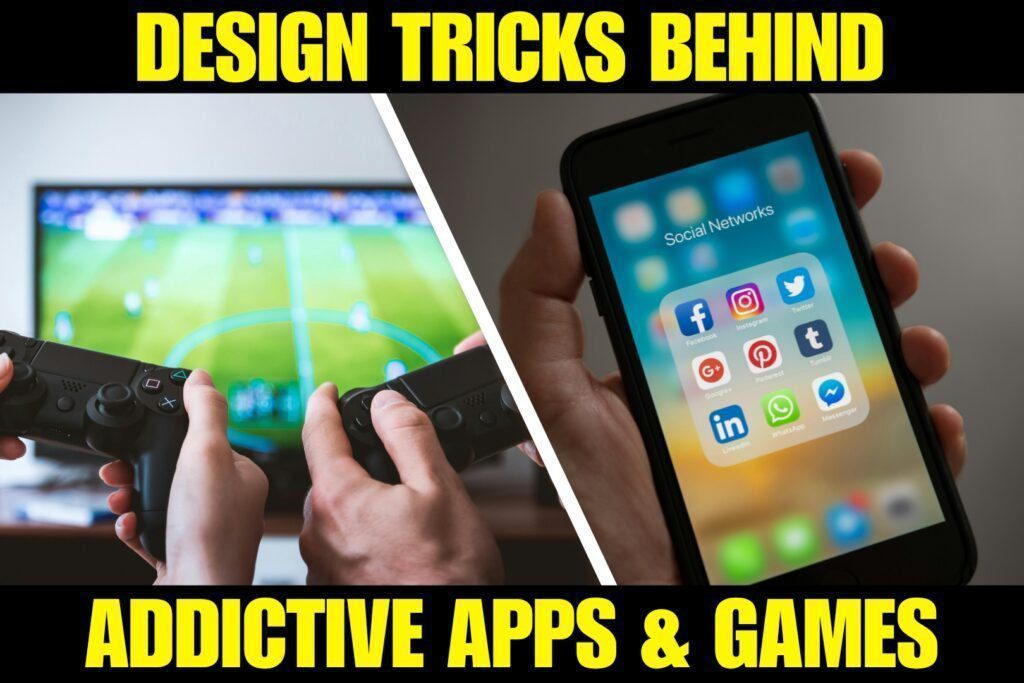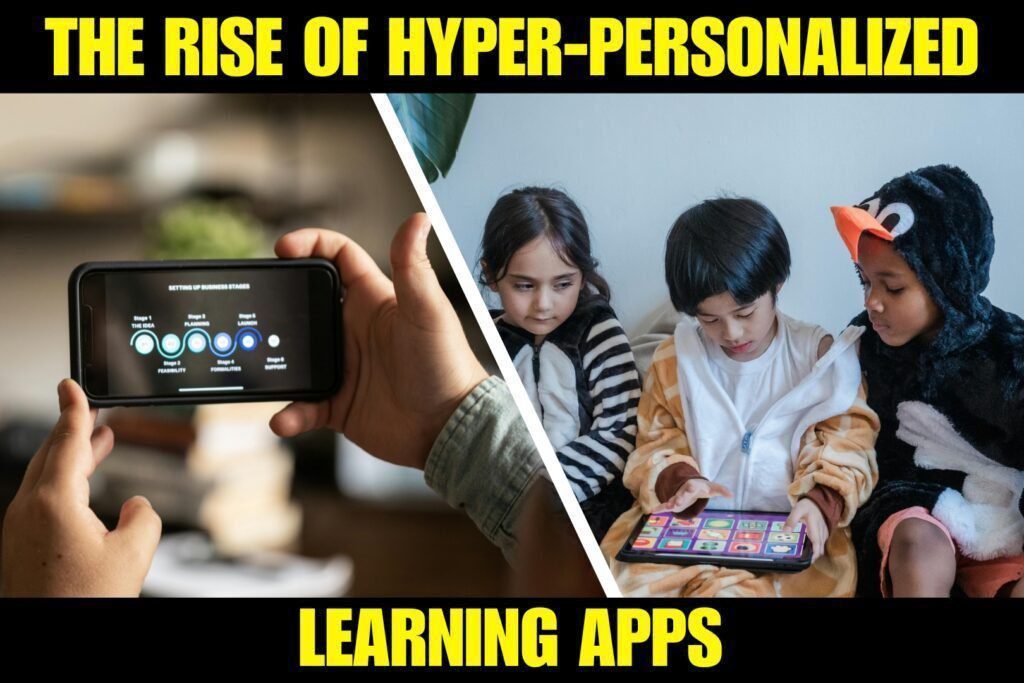2025 may go down in history as the year the world asked a question that would’ve been unthinkable just five years ago:
Do we still need gaming consoles?
With the meteoric rise of cloud gaming, real-time streaming platforms, and AI-enhanced networks, the traditional gaming hardware model is facing a serious challenge. Add to that ultra-fast 5G/6G, edge computing, and GPU-as-a-service providers like NVIDIA and Amazon Luna—and suddenly, the idea of owning a PlayStation, Xbox, or even a high-end PC is being questioned.
But is cloud gaming ready to replace consoles altogether? Or is it simply redefining how we play?
Let’s break down how the battlefield between consoles and cloud has evolved in 2025, explore what gamers are choosing, and answer the big question:
Is this the end of gaming hardware?
The Gaming Landscape in 2025: A Snapshot
- 🎮 Console sales are slowing, but still alive (PS5 Pro, Xbox Series Y)
- ☁️ Cloud gaming platforms now serve over 300M+ active users worldwide
- 🧠 AI upscaling and predictive rendering have reduced latency by 80%
- 📶 Edge servers and 6G zones allow <10ms cloud gaming in urban areas
- 🖥️ Even smart TVs now support AAA titles via native cloud apps (no console)
What Is Cloud Gaming in 2025, Really?
Cloud gaming in 2025 isn’t just a video stream. It’s an ecosystem that combines:
- 🔗 Cloud-native rendering (game runs entirely on remote GPUs)
- 🧠 AI-enhanced input prediction (makes lag feel invisible)
- 🛰️ Edge computing (regional servers reduce latency to sub-15ms)
- 📡 5G/6G & Wi-Fi 7 (ensure consistent high-bandwidth connection)
Major Players:
- Xbox Cloud Gaming (xCloud) – bundled with Game Pass Ultimate
- NVIDIA GeForce NOW Ultimate – runs RTX 4080-class instances
- Amazon Luna – now integrated into Prime for millions
- PlayStation Stream – Sony’s cloud rebrand with PS5-quality games
- Shadow.tech and Boosteroid – GPU-as-a-service for power users
How Consoles Still Dominate (But for How Long?)
✅ Ownership & Performance
- Native 4K/8K gaming with ray tracing
- No internet dependency or subscription requirement
- Faster load times and stable frame rates with local hardware
✅ Game Libraries & Ecosystems
- PS5/PS5 Pro and Xbox Series X still host exclusive titles
- Physical collectors and offline-first players still prefer consoles
- Co-op and LAN experiences are better locally
✅ Parental Control & Simplicity
- Consoles are still plug-and-play, trusted for kids
- Easier for households with no technical know-how
Why Cloud Gaming Is Catching Fire in 2025
1. No Expensive Hardware Needed
- No need to buy a ₹60K–₹80K console or upgrade a GPU every 3 years
- Just use a mid-range phone, laptop, smart TV, or tablet
Cloud game example:
📱 Red Dead Redemption 2 streamed at 1440p via Samsung TV app—no console, no download
2. Game Streaming = Instant Play
- Tap → Play in 5 seconds. No installs. No patches.
- AI loads saved state from last session
3. AI Makes It Seamless
- Predictive input + dynamic bitrate upscaling → Lag-free feel
- Nvidia Reflex + AMD Fluid Motion AI in cloud data centers
4. Cross-Device Play
- Start on phone, continue on laptop, finish on smart TV
- Cloud saves + AI memory of your style and difficulty
5. Subscription Over Ownership
- Pay $10–$20/month, get access to 200+ AAA games
- Game Pass, Luna, and GeForce NOW are becoming the Netflix of gaming
Console vs Cloud: Side-by-Side Comparison
| Feature | Console Gaming (PS/Xbox/Switch) | Cloud Gaming (xCloud, GeForce NOW) |
|---|---|---|
| Hardware Cost | High upfront ($399–$699) | Low or none (subscription-based) |
| Game Ownership | Purchase-based (physical/digital) | Subscription model (limited ownership) |
| Latency | 0ms (local) | 10–30ms avg with AI prediction |
| Graphics | Native 4K/8K, no compression | AI-enhanced 4K, compressed video stream |
| Flexibility | Fixed to home setup | Play anywhere, any device |
| Exclusives | Still dominant (Sony/Nintendo) | Growing, but limited |
| Offline Play | Yes | No |
| Long-Term Cost | High with upgrades & purchases | Lower, but recurring monthly fees |
What Gamers Are Actually Choosing in 2025
🎯 Casual Gamers
Use cloud gaming 80% of the time via smartphones, Chromebooks, or smart TVs.
🎮 Hardcore Gamers
Still prefer local console/PC for competitive edge, max FPS, and mod support.
👨👩👧👦 Family Gamers
Lean toward consoles for kids and shared living room experience.
🌍 Emerging Markets
Cloud gaming dominates in countries like India, Brazil, Nigeria due to low hardware affordability but fast mobile internet.
The Cloud-First Gaming Devices of 2025
- Samsung Cloud Gaming Hub TVs – Play Xbox, GeForce, and Luna via app
- Logitech G Cloud 2.0 – Dedicated Android-based handheld for cloud play
- AYANEO Air Cloud Edition – OLED handheld for xCloud & PS Remote
- Razer Edge 5G – Android + Xbox Cloud combo for mobile FPS titles
These are not consoles. They’re gateways to the cloud.
Developer Perspective: Which Is More Profitable?
| Platform | Pros | Cons |
|---|---|---|
| Consoles | Loyal buyers, AAA pricing | High QA/testing costs |
| Cloud | Huge user base, instant deploy | Revenue-sharing with platforms |
| Hybrid (both) | Broadest reach, cross-save | Complexity in optimization |
💡 2025 trend: Most studios release cloud-first beta versions for testing before full console launch.
Will Consoles Disappear?
Not yet. And maybe not ever.
But they won’t be required for top-tier gaming anymore.
Think of consoles as luxury performance gear, while cloud becomes the mainstream access model—just like vinyl records vs Spotify.
Final Verdict
So, is 2025 the end of gaming hardware?
🟥 No. But it’s the beginning of its transformation.
- Consoles will survive—but evolve into enthusiast machines
- Cloud will dominate for accessibility, affordability, and mobility
- Hybrid gaming (local + cloud sync) is becoming the standard
If you’re a gamer or developer in 2025, one thing’s clear:
The future isn’t just about what you play—it’s about where and how you play.
And increasingly, that answer is: Anywhere. On anything. With zero load time.

